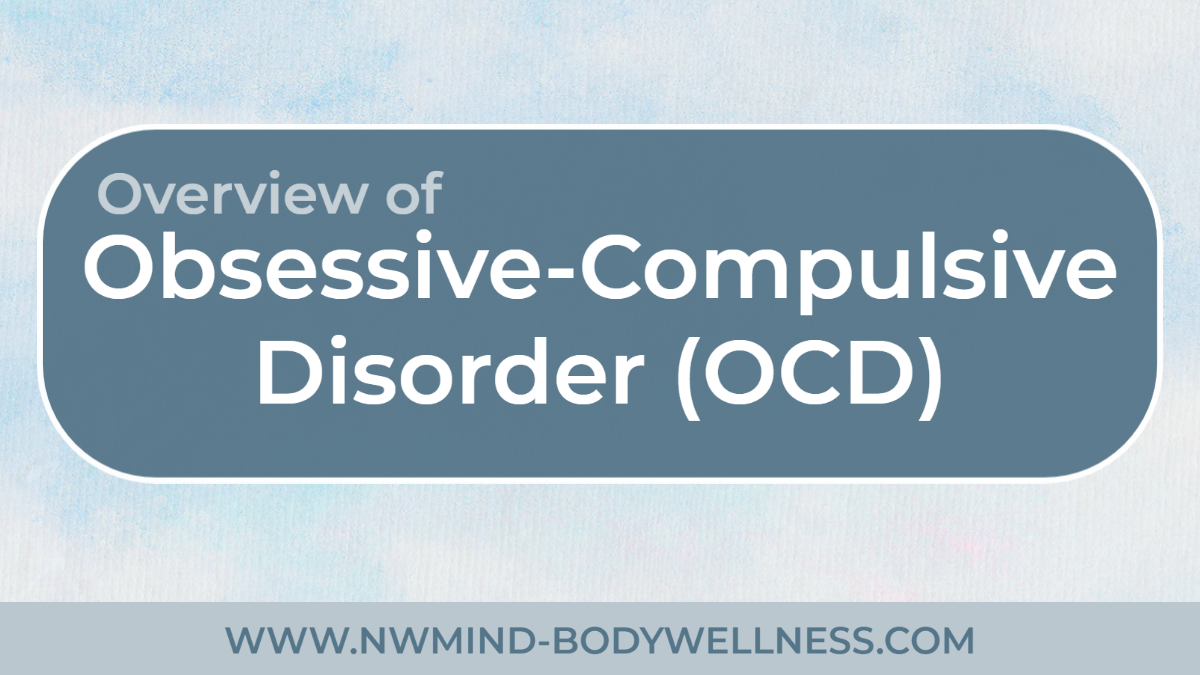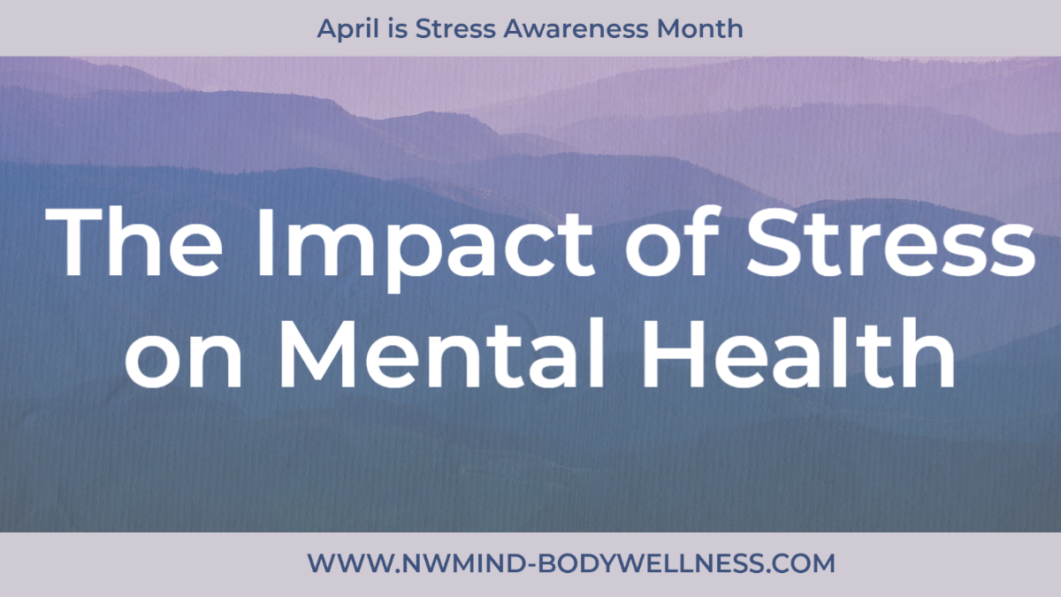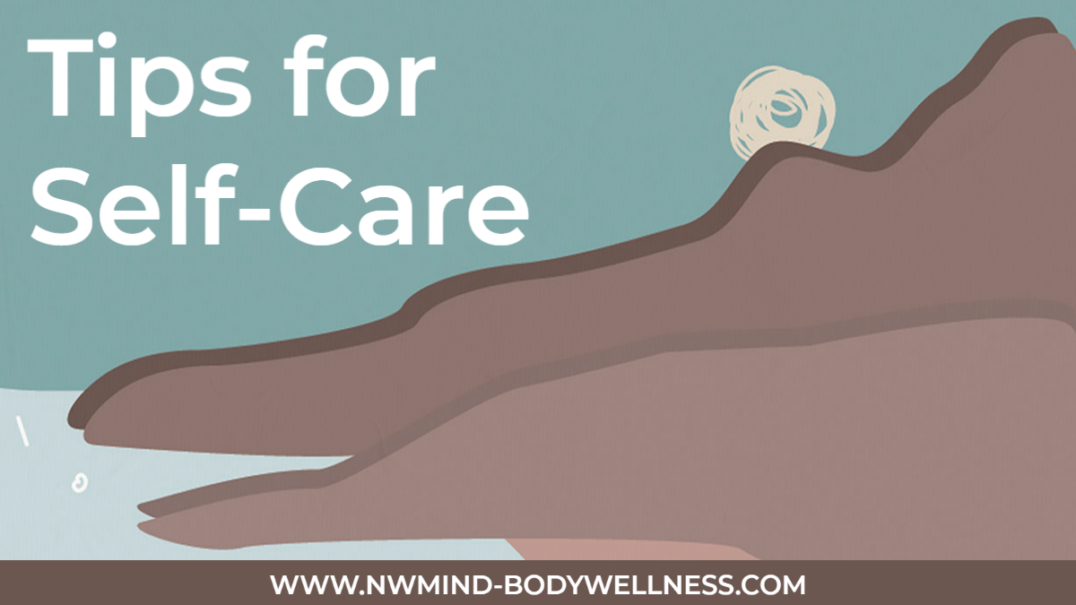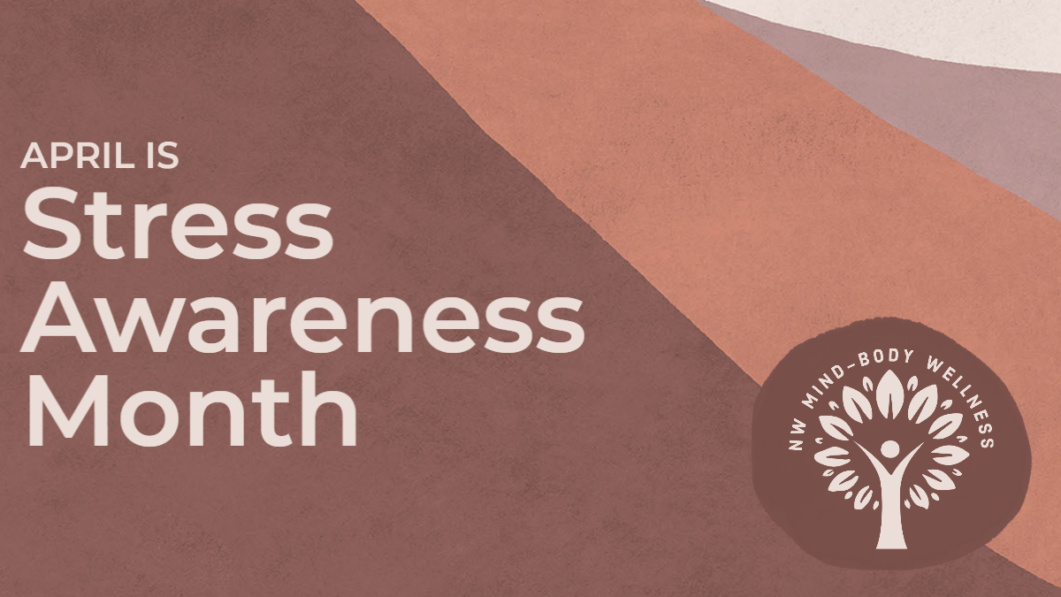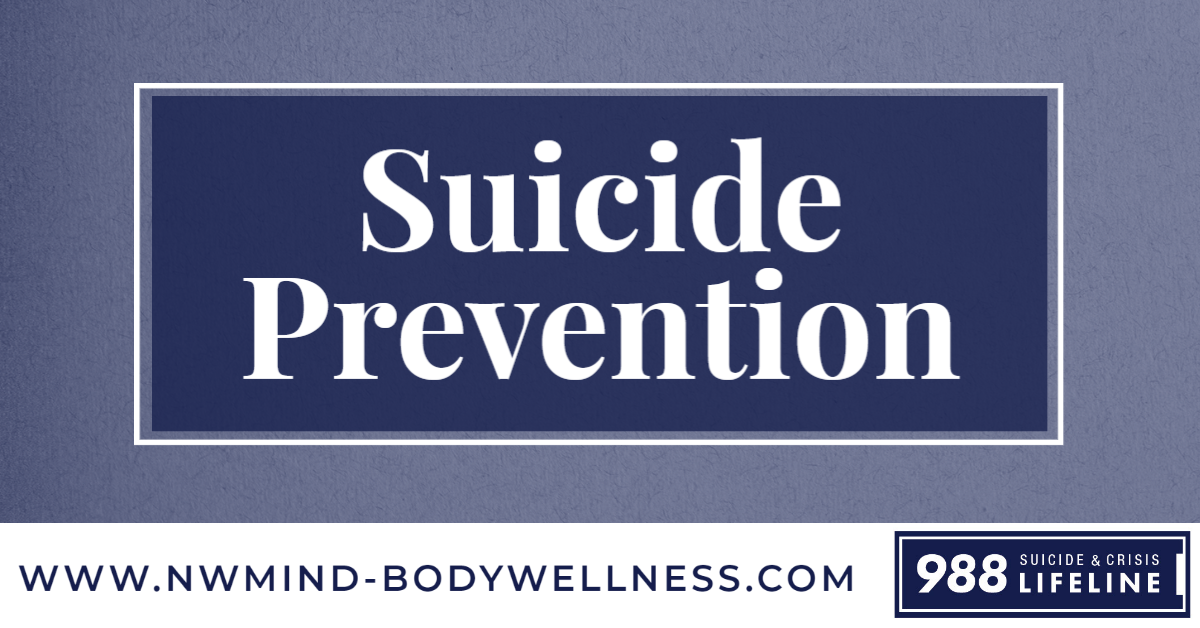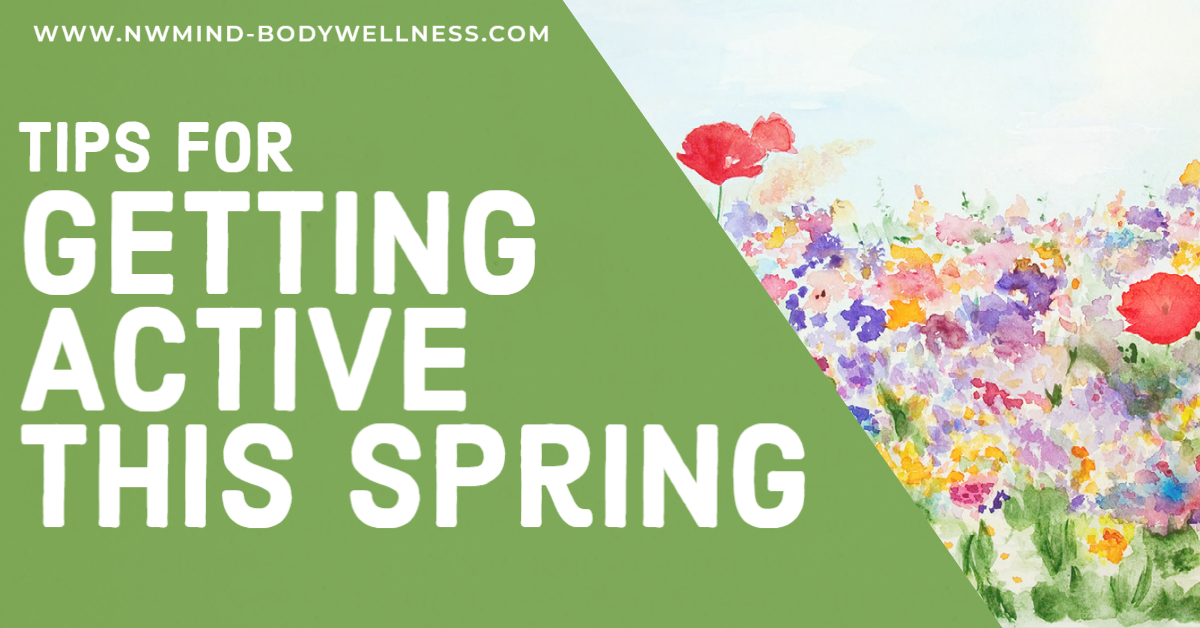
Tips for Getting Active This Spring
As the chill of winter fades away and the days start to get longer, many people feel a sense of renewed energy and motivation to get active. Spring is the perfect time to kickstart a fitness routine or try out a new outdoor activity. Whether you’re looking to improve your physical health, boost your mood, or simply enjoy the beautiful weather, there are plenty of ways to get moving during this season. In this article, we’ll explore some tips and ideas for getting active during spring and making the most of this vibrant and invigorating time of year.
Take a Hike
Spring can be one of the most beautiful times of the year. For this reason, hiking in Spring can be especially rewarding.
There are hiking trails for all skill levels, making this activity very flexible in difficulty. When planning your hike, be sure to check the length and incline of your trail. This will help you ensure that you have chosen a hike that is suited to your needs.
Hiking is not only for sunny days. However, when hiking in the rain or in cold weather, be sure to dress and pack accordingly.
Practice Yoga
Yoga can be done both inside or outside, and requires only a small amount of space. For these reasons, many find that it is a great way to increase physical activity.
Bring the Gym Home
On rainy days it can be nice to stay in the comfort of our own home. There are many exercises that you can do from home. While the possibilities are endless, workouts that can easily be done from home include:
- Jump rope
- Push-ups, sit-ups, and other body weight exercises
- Lifting with dumbbells or kettlebell
- Walk/run stairs
Spend More Time Standing
You can increase your physical activity by replacing sitting with standing. During periods where you would normally find yourself sedentary, try to mix up your routine by standing. For those with desk jobs, standing desks can offer a great way to get more time on your feet during the day.
Take Walks
On nice days, a casual walk can offer a great way to get active as well as enjoy nature. For cloudy days, a rain coat can offer protection or you can try to get your steps indoors. Simple activities, such as walking through a mall, can actually create a great opportunity to get physical activity, even on a rainy day.
Do What Makes You happy
There are an endless number of possibilities for those looking to increase their physical activity this Spring. The important part is discovering what is right for you. By finding activities that you enjoy, you are much more likely to stay consistent with your physical activity.
Return to home page: https://nwmind-bodywellness.com/
Read more articles: https://nwmind-bodywellness.com/articles

